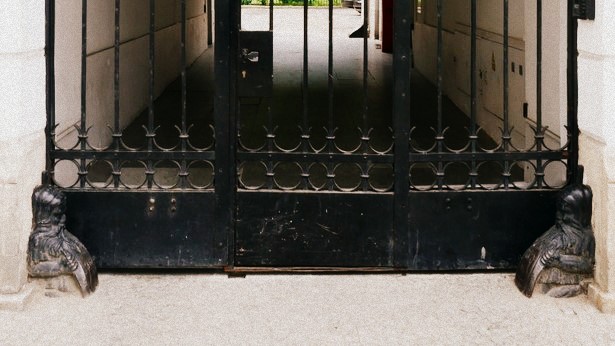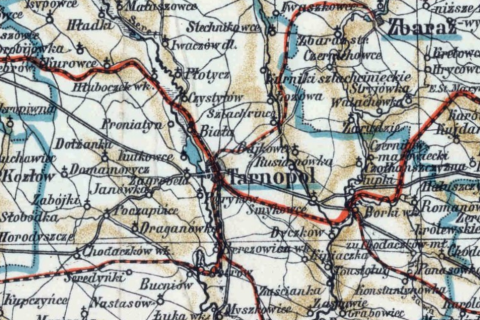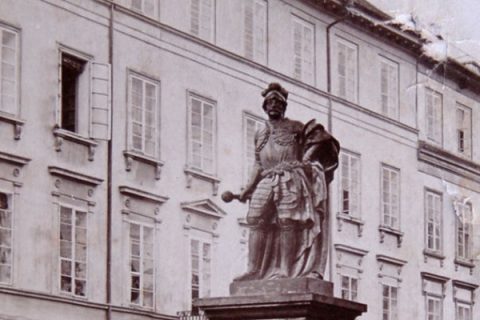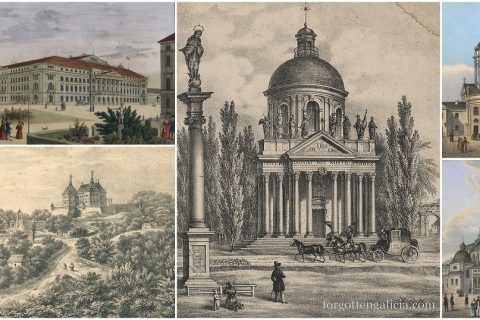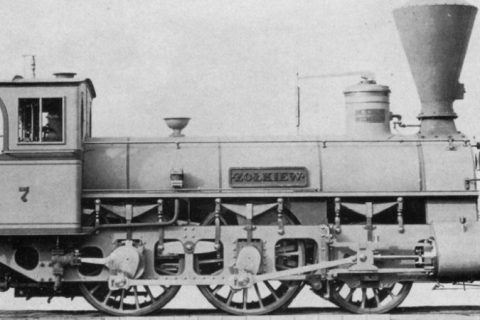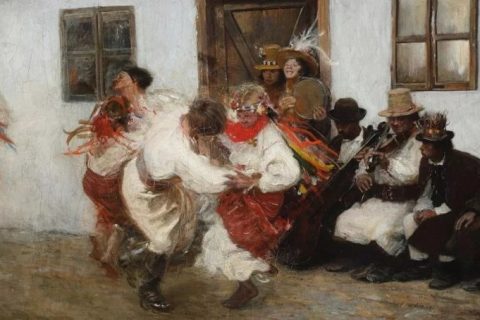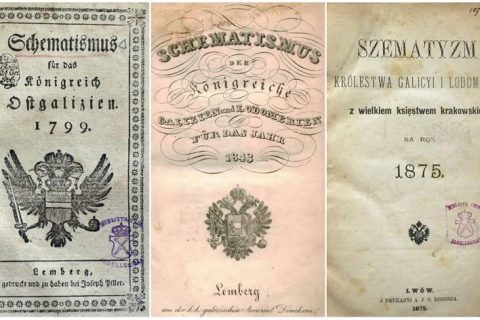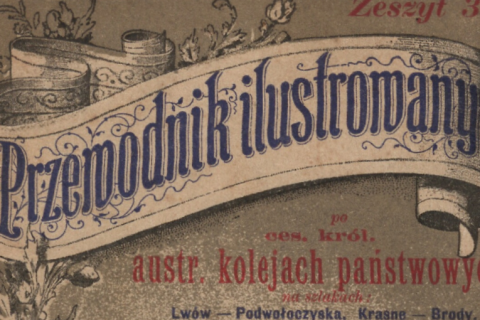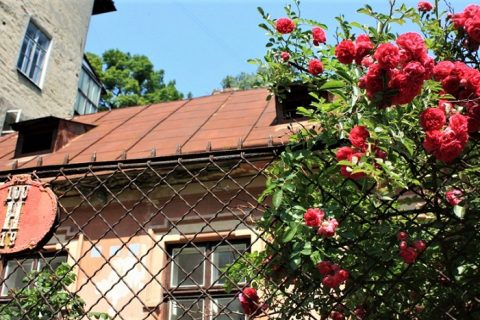Guard Stones: Warsaw
Warsaw’s remaining guard stones differ quite a bit from those that can be found in Lviv and Galicia. I am especially fond of the ones that look like gnomes. For well over a century, these little old men have remained on duty, protecting the walls behind them from damage by carriages. […]
Read More
